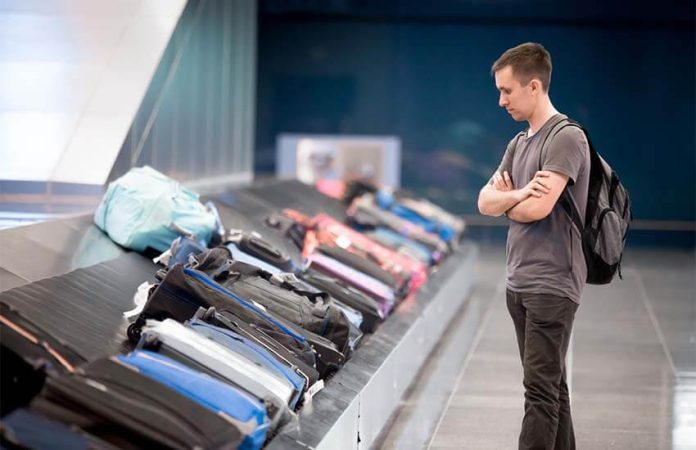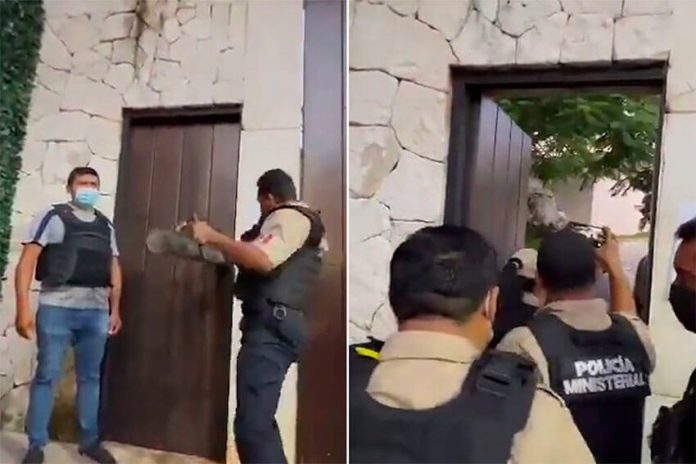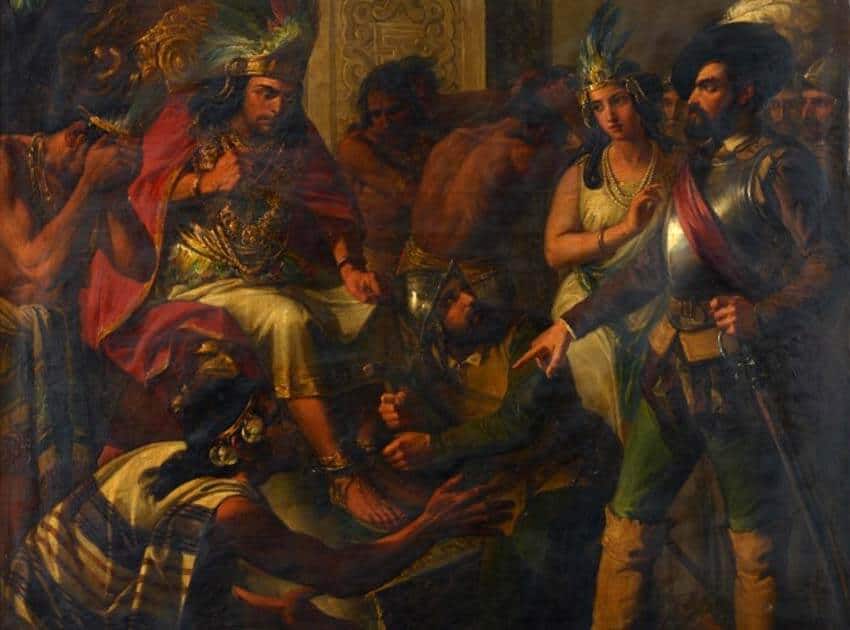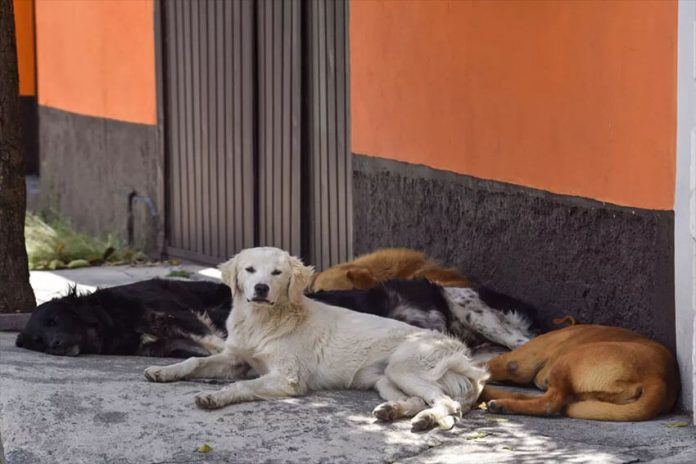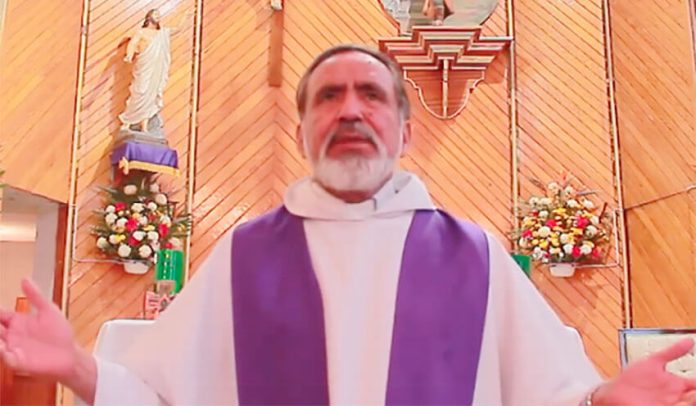Over 60% of respondents to a Mexico News Daily survey experienced delays at the baggage carousel while recently traveling through the Mexico City International Airport (AICM), with three in five of those people waiting for an hour or more for their luggage to appear.
Long wait times in the baggage reclaim area was the most commonly identified problem by respondents to the survey, published last Friday beneath a story about delays at AICM, whose two terminals have reached saturation point, according to the federal government.
More than 61% of those who responded to a series of questions about their recent Mexico City airport experience said that there had been a delay in retrieving their baggage. Of that cohort, 37% said they waited 30 to 60 minutes, almost 41% experienced delays of 60 to 90 minutes and 22% were left in suspense for over 90 minutes.
Most surveyed AICM users had a better experience going through immigration and customs. Only 34% said they experienced a delay going through immigration, while just 20.5% said the same about customs.
![]()
Of those in the former cohort, just under 43% waited for 30 to 60 minutes, while the other 57% faced delays of an hour or longer to clear immigration. Over 55% of people who faced delays going through customs waited longer than 60 minutes.
“Customs sucks,” commented one survey respondent who chose to remain anonymous. “They … opened all my baggage, looked through all our stuff and took pictures in order to check the prices online so that, according to them, [they could] compute the proper taxes. At the end of which, [they said], “You may go, Señor” without even a [single] peso being charged.”
Another anonymous respondent said the baggage collection process generally takes longer in Terminal 2 than in Terminal 1.
“I definitely have seen a slowdown of baggage and taxi service,” commented another person.
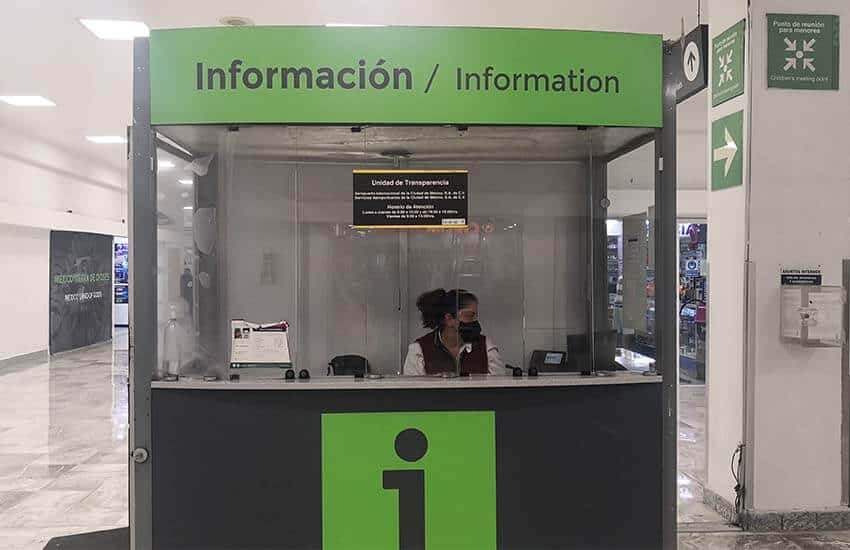
Almost 41% of respondents said they recently experienced a flight delay at AICM, with 63% of that cohort waiting an additional hour or more for their plane to take off or land. Just under 39% said it took a long time to find ground transportation away from the airport, with 53% of that cohort waiting 30 to 60 minutes and the other 47% waiting over an hour.
“Organize access for Uber, like any other major airport,” said an anonymous respondent, apparently responding to news that drivers for ride-hailing apps have been banned from picking up or dropping off passengers at AICM.
Another person said they were “very concerned” about the ban on ride-hailing services “because I absolutely will not use taxis” due to both “high costs and security concerns.”
“Going forward, I plan to either use the Metro, or I will use a ride-hailing service from a nearby location that is just outside the airport federal zone,” said the person, a frequent AICM user.

Just over 51% of survey respondents gave AICM personnel a 1 or 2 rating out of 5 for service, while almost 33% gave them a 4 or 5. The remaining 16% awarded the workers a run-of-the-mill rating of 3.
“Airport personnel are very rude and do not seem to know where to direct you,” said Edward Douglas Difranco. “Communication between departments is minimal at best,” he added.
One respondent claimed that authorities are deliberately creating problems at AICM in order to portray the Felipe Ángeles International Airport – which opened north of the capital in March – as a more attractive option.
“They are doing it on purpose; it’s clearly sabotage by the government to favor the new airport,” the person said.
Reader Peter Callahan bluntly described AICM as the “worst airport in the world,” but some survey respondents gave positive reviews of the facility, considered the most important airport in Latin America.
“Arrived from the U.S. on July 1, 2022, and no delays,” one person wrote.
“I arrived at AICM on June 22 on Aeroméxico from LAX, at about 7:30 p.m. The flight was on time,” said the person who expressed concern about the ban on ride-hailing apps.
“I did not have any checked baggage to collect. I have flown into AICM multiple times (nine times per year) in the last four-plus years, and the wait time for immigration was less than average based on my prior experience. There was also no wait for customs.”
Mexico News Daily
